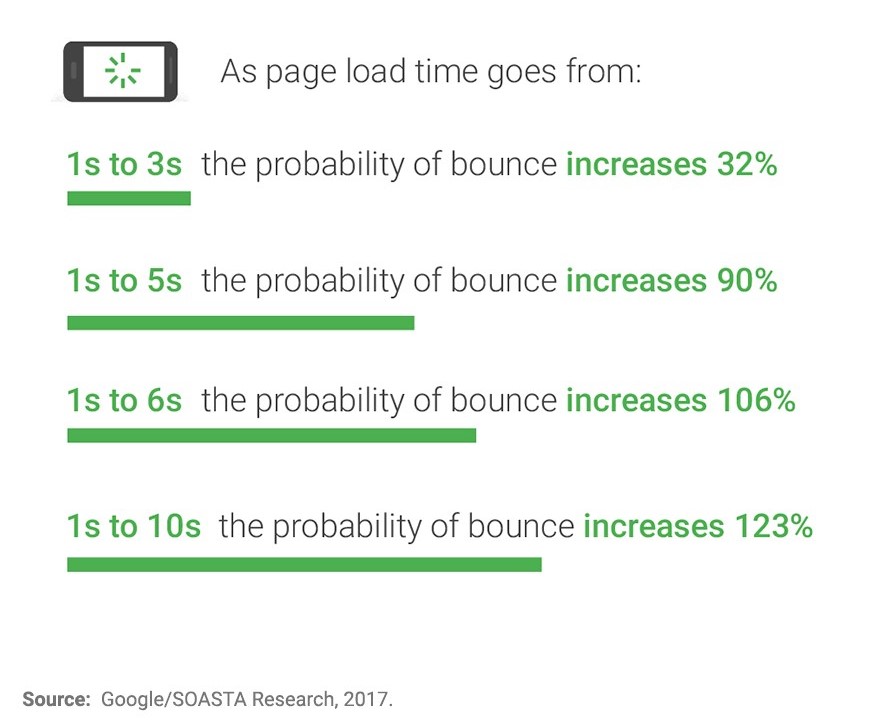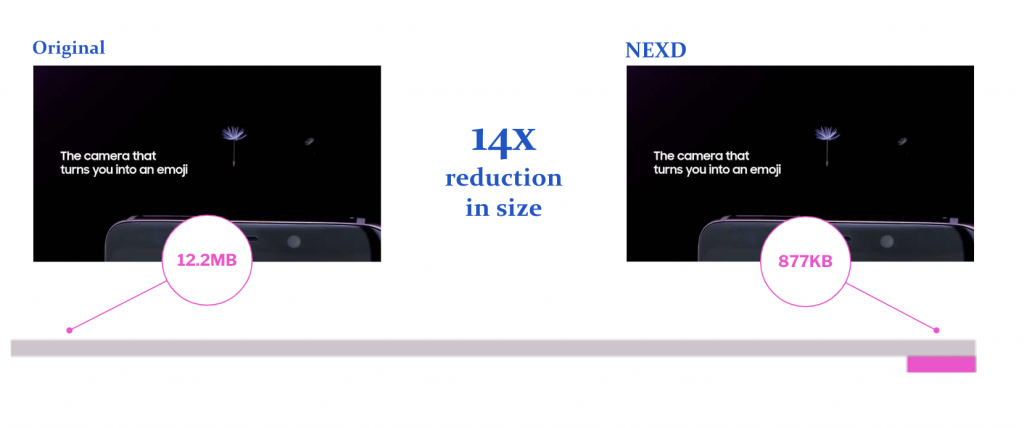Your ad-load speed could be seriously hurting your engagement rate
As the average consumer attention span drops, it becomes increasingly important to be sure the ads you’re serving to your audience load quickly and efficiently. Unfortunately, many ads are still slow and cumbersome to load. At best, users close the page they’re attempting to load. At worst, they install an ad-blocker. What can you do to ensure an efficient ad-load speed? We’ll walk you through the options.
Research from the Technical University of Denmark suggests the collective global attention span is narrowing, and it’s generally accepted that millennials have an attention span of only six seconds. What does this mean for ad-tech? Well, if you’re one of the many across the globe serving slow ads, you’re one of the reasons why some website take forever to load, and why users are growing intolerant of ads.
Load speed is becoming increasingly important. In fact, in a recent survey of US content marketers, page load speed was listed as the ninth most important factor in their SEO strategies, and a Think With Google study showed that 53% of mobile site users leave a page that takes longer than three seconds to load. Bounce rates rise in correlation with the time it takes for a page to load:

This is a problem both for publishers and for advertisers. After all, ads that load slowly often prevent the rest of the content on a page from loading properly – a publisher’s nightmare considering one of their KPIs is user dwell time. And for advertisers, if a their ad still hasn’t loaded properly by the time the user closes said page, they could still for the impression. Perhaps even more worryingly, the link between slow ads and page speed was cited by 37.4% of ad-blocker users in the UK as the reason they had chosen to block ads.
So what’s the solution?
No, the answer is not to just limit the number of ads on the page as many other blog posts on website speed would have you believe. That’s like trying to lose weight by cutting out entire meals from your diet. Effective in the short-term maybe, but oh so unsatisfying long-term.
For too long, rich media ads have had the reputation of being slow and inefficient. But that doesn’t need to be the case. Here at Nexd, we’ve solved the issue of slow ad-load speed. In fact, we care so much about ad-load speeds that we take a two-pronged approach. First, our standalone Asset Optimizer uniquely compresses and optimizes media. With it, you can drastically reduce the size of images and video, improve page load times and increase viewability, without sacrificing quality. Take, for example, the image below:

Rather than a size of 12.2MB, after using our compression technology, the image was only 877KB in size – that’s a 14 times reduction.
Secondly, we don’t use HTML5 technology. The problem with HTML5 is that it relies on a central processing unit (CPU) which uses a strict sequence to compute what should be displayed on the screen:

Instead, we use WebGL technology, which uses the graphics processing unit (GPU). A GPU is typically used to provide images in computer games, and its highly parallel structure makes it more efficient for algorithms that process large blocks of data in parallel. As you would therefore expect, a GPU uses much less memory than a CPU and is much faster.
Still not clear on the difference? Think about your to-do-list at work. You could take a strict, sequential approach and do each task one at a time, not moving onto anything else until the task is complete, even if that means waiting around for sign-offs from your boss, confirmations from suppliers – the usual bottlenecks that slow down office life. Or, you could do what most people do, and multi-task and get things done much more quickly. At Nexd, our ads rely on technology that can multi-task. This technology plus the optimization of assets means we’re able to produce ads that are extremely fast and responsive.
Speed = Higher Engagement Rates
So does quicker ad load really effect ad performance? We have the data to prove that it does. Just look at the results we saw working with our partner Mediacom on a campaign for mobile virtual network, Telmore. We created an interactive in-feed cube that was 62% lighter in file size than their original HTML5 ad. Read more about it here.
The Nexd ad generated a CTR that was a whopping 560% higher than the HTML5 ad.

On another occasion, we worked with our partners Lattelecom and AdQuota on an advertising campaign to launch the new Vector smartwatch. Keen to produce an engaging, lightweight creative experience that went beyond a traditional HTML5 ad, we created an interactive ad that was 80% lighter than the original HTML5 file. Compared to the results generated by the HTML5 ad, the Nexd creative increased dwell time by 9x, and the engagement rate soared by 38%.
So is ad-load speed a threat to advertising performance? Most definitely, if you don’t do anything about it. But in this day and age, with modern technology providers making it possible to shrink assets and create super-fast ads, there really is no excuse for slow, cumbersome ads. If your supplier is still relying on HTML5 technology, why not get in touch with us to see how much ad-load time you could save?